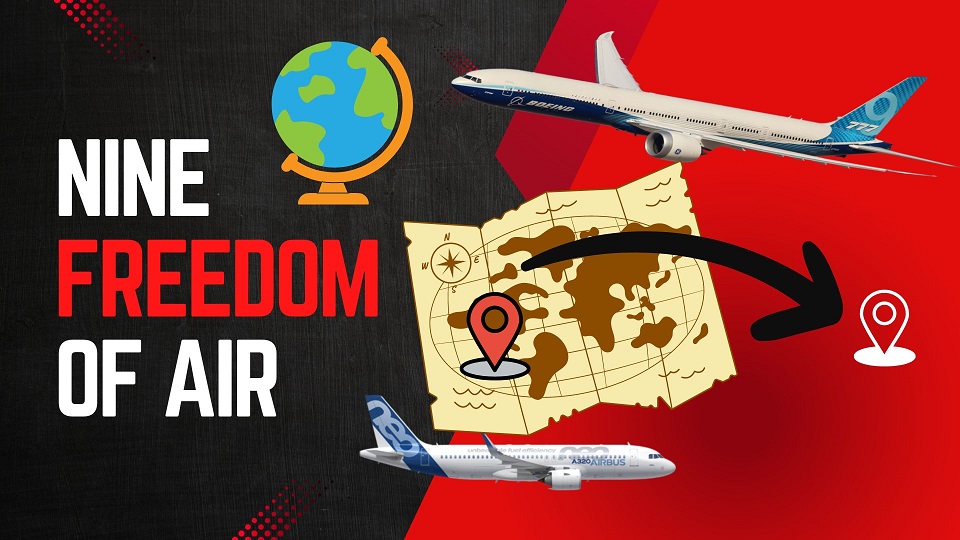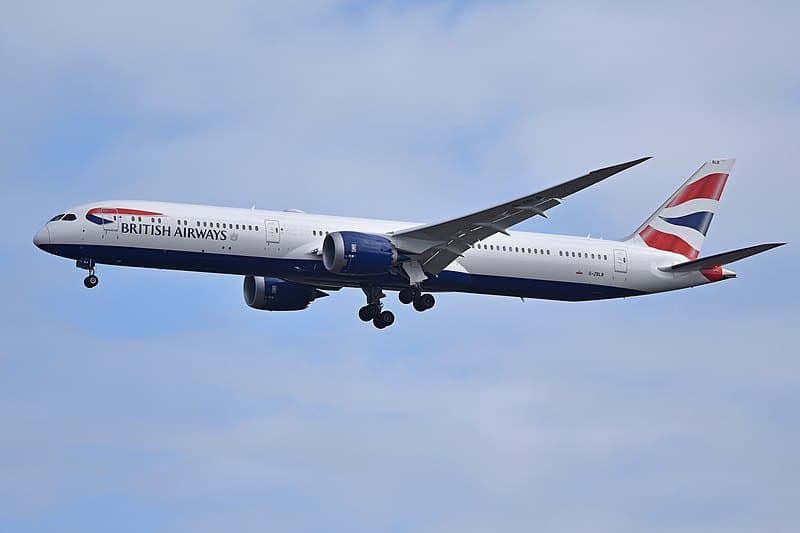Aviation
The History of Dubai International Airport.

The history of civil aviation in Dubai started in July 1937 when an air agreement was signed for a flying boat base for the aircraft of Imperial Airways with rental of the base at about 440 Rupees per month – this included the guards’ wages. The Empire Flying Boats also started operating once a week flying east to Karachi and west to Southampton, England. By February 1938, there were four flying boats a week. (wiki)
In the 1940s, flying from Dubai was by flying boats operated by British Overseas Airways Corporation (BOAC), operating the Horseshoe route from Southern Africa via the Persian Gulf to Sydney.
Watch Directly : Jetline Marvel Youtube Channel
- Dubai International comprises three terminals
Terminal 1 (includes Concourse D) serves all airlines
Terminal 2 serves scheduled, charter, and special flights (pilgrimage)
Terminal 3 (includes Concourses A, B & C) is dedicated for use by Emirates airline - DXB strengthened its position as world’s number 1 international airport with annual traffic of 83.6 million passengers in 2016. Traffic is projected to reach 89 million in 2017.
- DXB became the world’s number 1 airport for international passengers in 2014 with passenger numbers totalling 70.4 million.
- The airport serves 90 airlines flying to more than 240 destinations across six continents.
Brought to you by :
Jetline Marvel : Aviation Media
Subscribe your Jetline marvel Youtube channel
Courtesy : Dubai International Airport.

Airlines
The Nine Freedoms of the Air – Jetline Marvel

Most of us travel from one city to another city via road we need to get permission to that specific city if it is in another country like a visa or Road access permission to use its property for revenue purposes to carry passengers and Cargo. Similarly, In the airline Industry, it is also important that the Company have permission to fly and access that country whether it’s for stoppage flying above them, or Operating the passengers within that country This is called Freedom of the Air.
Some countries together they agree with certain conditions to access their Aerospace for to access for the airline to travel above their nation. If the bilateral is done for Their own countries’ airlines or other countries’ airlines. In this chapter, we understand how this thing is carried out. What all the condition has to look into that.
The Freedoms of the Air are international commercial aviation agreements (traffic rights) that grant a country’s airline(s) the privilege to enter and land in another country’s airspace. They were formulated in 1944 at an international gathering held in Chicago (known as the Chicago Convention) to establish uniformity in world air commerce. There are generally considered to be nine freedoms of the air.
Most nations of the world exchange first and second freedoms through the International Air Services Transit Agreement. The other freedoms,chase freedom airline miles when available, are usually established between countries in bilateral or multilateral air services agreements. The third and fourth freedoms are always granted together. The eighth and ninth freedoms (cabotage) have been exchanged only in limited instances
First Freedom:
The basic permission granted to an airline from one country (A) to fly through the airspace of another country (B)
Second Freedom:
The permission for a commercial airplane from country (A) to land and refuel (often called a technical stop) in another country (B).
Third Freedom :
The privilege for an airline to transport paying (Revenue) passengers from its home country (A) to another country (B).
Fourth Freedom
The rights for an airline to transport paying (Revenue )passengers from another country (B) to the airline’s home country (A).
Fifth Freedom
Fifth Freedom (also known as beyond rights): The rights for an airline to transport passengers from its home country (A) to a destination (B), then pick up and carry passengers to other international destinations (C).
Sixth Freedom:
Sixth Freedom (Combination of Third & Fourth Freedoms) The right for an airline to carry passengers or cargo between two foreign countries (B and C), provided the aircraft touches down in the airline’s home country (A).
Seventh Freedom:
The authorization for an airline to operate flights that start in a foreign country (B), skip its home country (A), and transport passengers to another international destination (C).
Eighth Freedom Air
The rights for an airline to transport passengers from one location within a country’s territory (B) to another point within the same country on a flight originating in the airline’s home country (A). This right is commonly referred to as cabotage and is notably scarce outside of Europe.
Ninth Freedom Air
The entitlement for an airline from a specific country (A) to begin a flight in a foreign country (B) and transport passengers from one location to another within that foreign country. This concept, also referred to as stand-alone cabotage, distinguishes itself from the traditional aviation definition of cabotage by not directly involving the airline’s home country.
Aviation
Air India’s B747 Makes Its Final Journey, Waving Farewell to Fans

In a poignant moment marking the end of an era in aviation history, Air India’s iconic Boeing 747 aircraft, affectionately known as the ‘Queen of the Skies,’ embarked on its ultimate journey from Mumbai’s international airport.
The departure, bound for Plainfield, USA, where it will undergo dismantling and part-stripping under the ownership of American AerSale, signals the closure of a storied chapter for the airline.
Once revered for transporting dignitaries ranging from prime ministers to presidents, the Boeing 747 has etched itself into aviation lore. Yet, as airlines worldwide pivot towards more contemporary and cost-effective aircraft, Air India’s decision to bid farewell to its remaining Boeing 747s reflects the pragmatic realities of today’s aviation landscape.
The sale of these majestic planes to AerSale represents a strategic move by Tata Group, Air India’s new custodian, towards optimizing operational efficiency and embracing modern industry standards. Out of the four aircraft sold, two will be repurposed into freighters, while the remaining pair will be meticulously disassembled to salvage valuable components.
The final flight from Mumbai witnessed a touching tribute as pilots performed a traditional ‘Wing Wave,’ symbolizing the conclusion of the Boeing 747‘s distinguished service with Air India. This poignant gesture encapsulates the deep sentiment attached to the aircraft’s departure and its significant contribution to the airline’s legacy.
As the Boeing 747 embarks on its journey to Plainfield, USA, nostalgia permeates the air, evoking memories of its maiden flight on March 22, 1971. Over five decades, Air India operated a total of 25 Boeing 747s, each leaving an indelible mark on the annals of aviation history.
Middle East
British Airways Resumes Daily Flights to Abu Dhabi, After 4-Year hiatus

British Airways made its way back to Abu Dhabi, landing at Zayed International Airport. Following a four-year break in service, both crew and passengers were greeted with enthusiasm.
In the summer of 2024, British Airways plans to launch a daily route, utilising a Boeing 787-9, from London Heathrow to Abu Dhabi. The new route enhances ties between the UAE and the UK and expands vast worldwide network, catering to passengers who may be visiting friends and family or travelling for business.
Arriving in Abu Dhabi at 08.30+1, flight BA073 to Abu Dhabi leaves London Heathrow at 22.25. Departing at 10.10 and landing at London Heathrow at 15.20 is the inbound flight (BA072).
The chief executive officer and managing director of Abu Dhabi Airports, Elena Sorlini, stated: “We are delighted to welcome British Airways to Zayed International Airport. Their daily schedule is expected to improve connectivity and stimulate travel and business.” Visitors may experience the dynamic capital of the United Arab Emirates like never before at our brand-new, award-winning, state-of-the-art terminal, where they will be welcomed with the best kind of Emirati hospitality.”
Flight schedule:
| London Heathrow (LHR) to Zayed International (AUH)All times are local | ||||||
| Season | Flight number | Departing LHR | Arriving AUH | Flight number | Departing AUH | Arriving LHR |
| Summer ‘24 | BA73 | 22:25 | 08:30+1 | BA72 | 10:10 | 15:20 |
| Winter ‘24 | BA73 | 22:25 | 09:30+1 | BA72 | 11:10 | 15:20 |




































